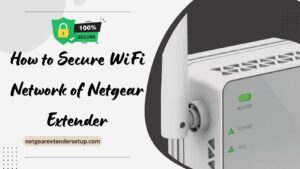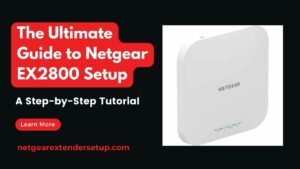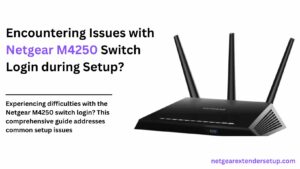In today’s world, having a home WiFi connection is a common occurrence. For many individuals, WiFi is as essential as oxygen, and even a brief disconnection can be frustrating. Whether you’re working in an office or from home, ensuring seamless wireless connectivity is crucial. If you’re planning to establish a new WiFi network connection, tech experts offer straightforward guidelines to assist you. However, it’s important to be aware of certain mistakes that could disrupt a smooth internet connection. With that in mind, let’s explore some errors to steer clear of when setting up WiFi network connection.
Avoid These WiFi Network Connection Mistakes
Here are five mistakes you should absolutely avoid when establishing a new WiFi network connection.
1. Assuming WiFi Signals Can Penetrate Walls
Different building materials can significantly diminish the strength of WiFi signals as they traverse through them. WiFi relies on Radio Frequencies (RF) within specific bands, and materials like metal laths can impair these signals. Expecting signals to effortlessly pass through internal walls and floors, while simultaneously blocking out a neighbor’s WiFi, is an unrealistic expectation.
It’s crucial to understand that lower RF ranges may travel greater distances but do so with reduced network bandwidth. Conversely, higher frequencies offer more network bandwidth but have limited travel range. When establishing a new WiFi connection at home or in the office, consider a device with a minimum 2.4 frequency. Why? Because the 2.4GHz frequency exhibits better penetration capabilities.
To enhance WiFi network reception:
1. Place the WiFi router close to the center of the establishment.
2. In RF-unfriendly environments, contemplate investing in a WiFi extender. For instance, if you’re facing signal issues, consider the Netgear EX3700. Ensure you follow all steps diligently during the Netgear EX3700 setup.
3. Familiarize yourself with the RF requirements of your WiFi equipment.
2. Concealing the WiFi Extender
Absolutely! While it’s understandable that the appearance of your WiFi extender may not be aesthetically pleasing, stashing it away inside a cabinet or cupboard is the worst mistake you can make when Setting up WiFi network connection. Unfortunately, this common error negatively impacts the quality of WiFi signals emanating from the device.
The solution is straightforward:
Under no circumstances should you hide the WiFi extender, as doing so hampers its ability to facilitate internet access through WiFi signals.
3. Assuming You Are Connected to WiFi
With smartphones and tablet PCs frequently toggling between mobile data and WiFi, it’s easy to mistakenly assume that you’re connected to the WiFi network. This oversight can occur for various reasons, with weak WiFi signals from the router being the most common culprit, hindering a stable connection.
Moreover, there’s a chance you might have inadvertently connected to a neighbor’s WiFi. So, what’s the solution? Here are the steps to rectify the situation:
1. Confirm that the WiFi symbol on your smartphone or laptop is illuminated.
2. Ensure you input the correct security key for the new WiFi network connection.
4. Proximity to WiFi Extender
Sitting in close proximity to a WiFi extender poses a significant issue. Avoid placing the extender in locations where you spend extended periods, such as where you sleep or sit. Wireless extenders emit a stronger signal compared to your smartphone and laptop. It’s advisable, according to tech experts, to maintain a safe distance between your seating area and the extender.
Attempting to connect to the new WiFi network connection while being too close can negatively impact its performance. Although you may receive a strong WiFi signal, the overall performance is likely to be subpar. To address this issue:
Always consider your seating location when setting up new WiFi network connection. Excessive proximity to the WiFi device is likely to diminish signal strength and overall performance.
5. WiFi Interference
Several devices in your home or office emit WiFi frequencies that can disrupt the smooth reception of WiFi signals. It’s essential to position the WiFi router away from cordless phones, baby monitors, washing machines, televisions, radios, and Bluetooth devices.
If you have a Netgear WiFi router, ensure that you are receiving full WiFi signals from the device. This consideration is important during the Netgear Genie setup process.
Read More: Netgear Extender WiFi Coverage Area
FAQ:
Yes, materials like metal laths can impact the quality of WiFi signals.
Concealing the extender can diminish its ability to facilitate strong WiFi signals.
Ensure the WiFi symbol is illuminated on your device and enter the correct security key.
Proximity can affect the extender’s signal strength and overall performance.
Cordless phones, baby monitors, and other emitting devices can cause interference.
The 2.4GHz frequency exhibits superior penetration capabilities through various materials.
Conclusion
Setting up WiFi network connection demands careful consideration to avoid common pitfalls. By understanding the impact of building materials, strategic device placement, and potential interference sources, you can optimize your WiFi experience. Remember, a well-configured WiFi network is the cornerstone of seamless connectivity in our digitally driven lives.



